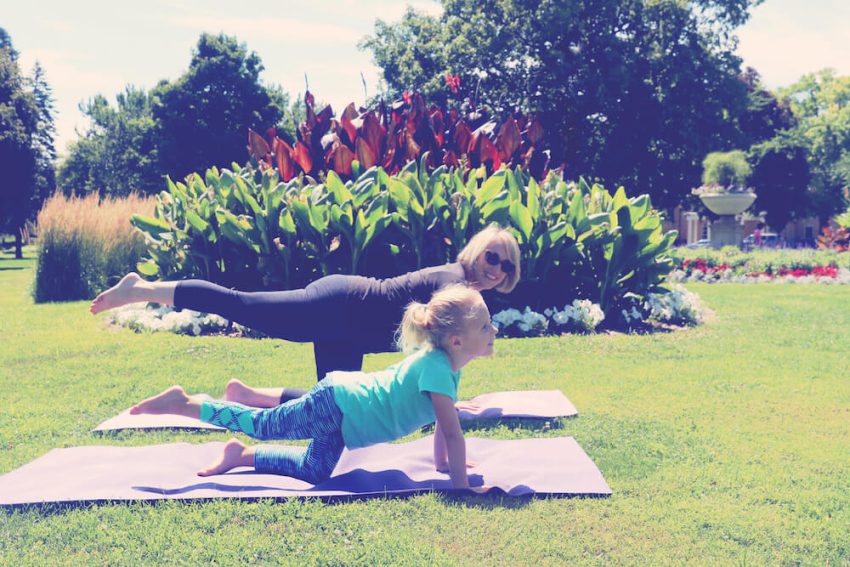There’s a reason why so many professional athletes and performers — Maroon5’s Adam Levine, 2018 Wimbledon champion Novak Djokovic and Olympic skier Lindsay Vonn are just a few — have added yoga to their training routines: Not only is this ancient discipline good for the body, but its focus on breathing and creating a meditative state gives the brain a boost as well. “There’s a lot more to yoga than contorting into crazy shapes,” says Patti Coan, a Madison, Wisconsin-based yoga instructor whose company, Samapatti Yoga, conducts corporate yoga training sessions. “Concentrating on your breath and the moment at hand are an absolutely essential part of the practice and are the basis of some of yoga’s most important benefits.”
And what are those benefits? On the physical side, yoga practitioners can expect to see improvements in strength, flexibility and balance. But yoga’s benefits go deeper. Studies show that yoga can ease back pain, lower blood pressure, boost the immune system, reduce chronic inflammation and even decrease levels of cortisol, which is responsible for, among other things, how well your body deals with stress. But it’s the mind-body connection that sets yoga apart from other exercise programs, infusing it with superpowers that can increase concentration, decrease anxiety and stave off depression. For children, it can help foster a positive body image, assist with maintaining focus and keep energy levels stable. “No matter your age, yoga creates a positive spiral for your body and mind,” explains Coan. The postures force you to focus on what’s happening with your body, and not all the issues going on in your life. Meanwhile, your body is getting stronger and more supple. It’s a win-win.”
Getting Started
The Internet has made it easy to practice yoga at home, but if you (or your child) is a true beginner, consider taking a few classes with an experienced instructor before striking out on your own. Although the basic poses aren’t complicated, doing them correctly is important to avoid injury. Instructors can also help newcomers ease the transition into unfamiliar positions with foam blocks, fabric straps and other joint-sparing props and will offer age-appropriate instruction for teens or young children. You’ll also likely need a professional nudge to move your brain out of its comfort zone and into the studio, where you can focus on breathing and sensation rather than deadlines and other pressure points. “It takes work to erase the cultural habits that we’ve acquired to deal with stress,” says Coan. “It’s a lot easier to eat your feelings or take a pill than to learn to use your body to calm your brain, but, in the end, you’ll be so much better for it.”


